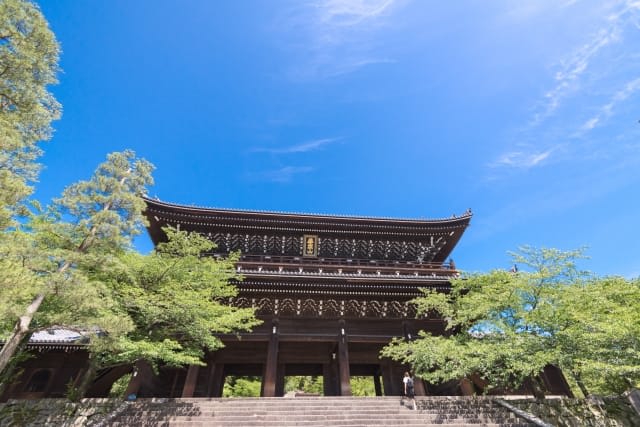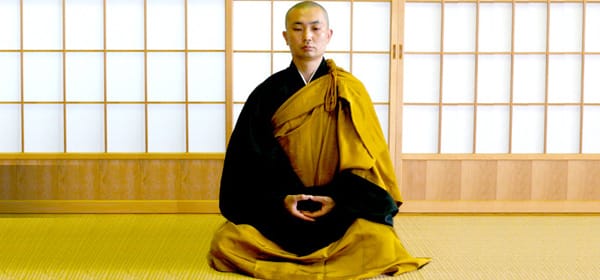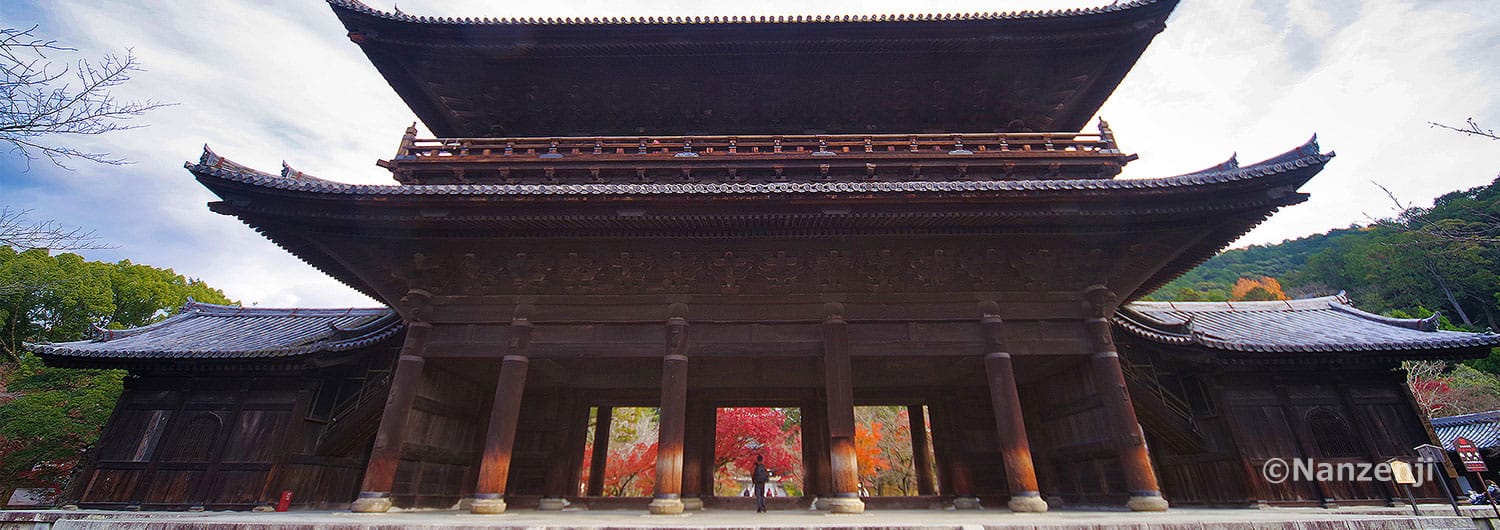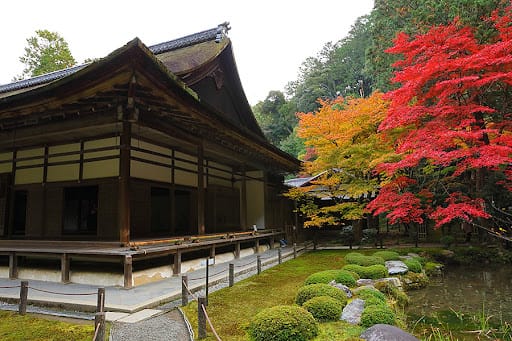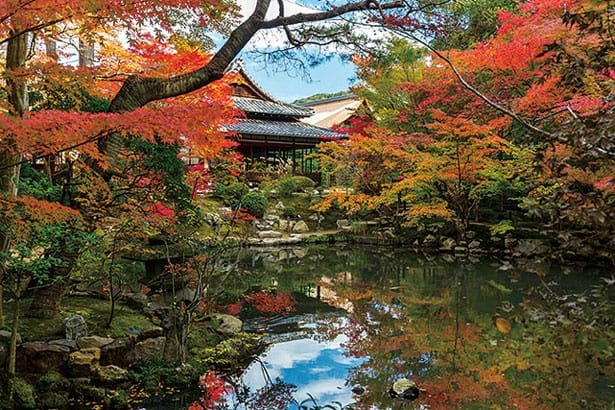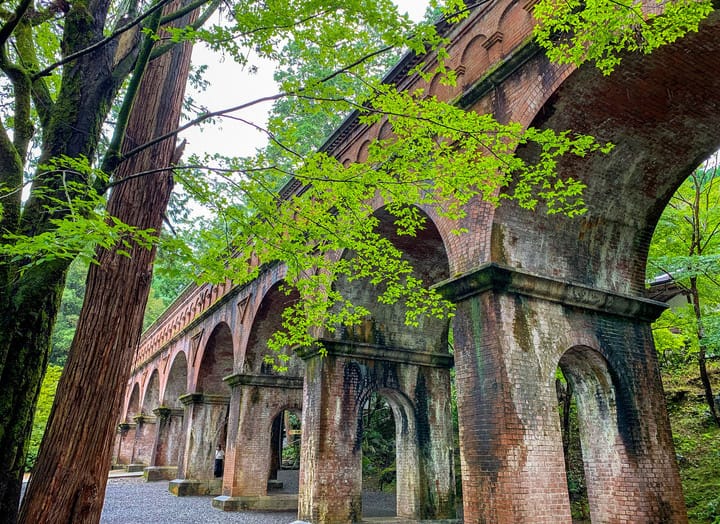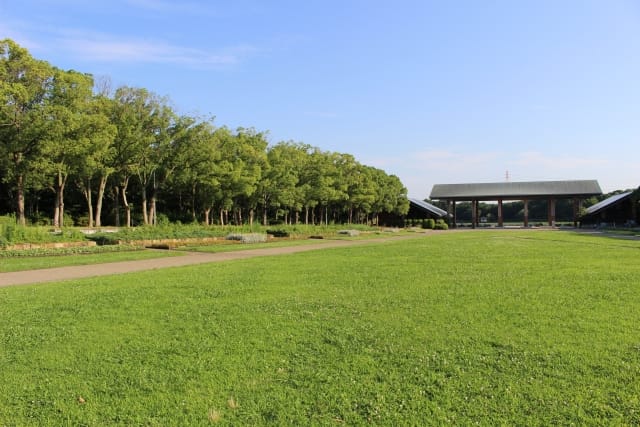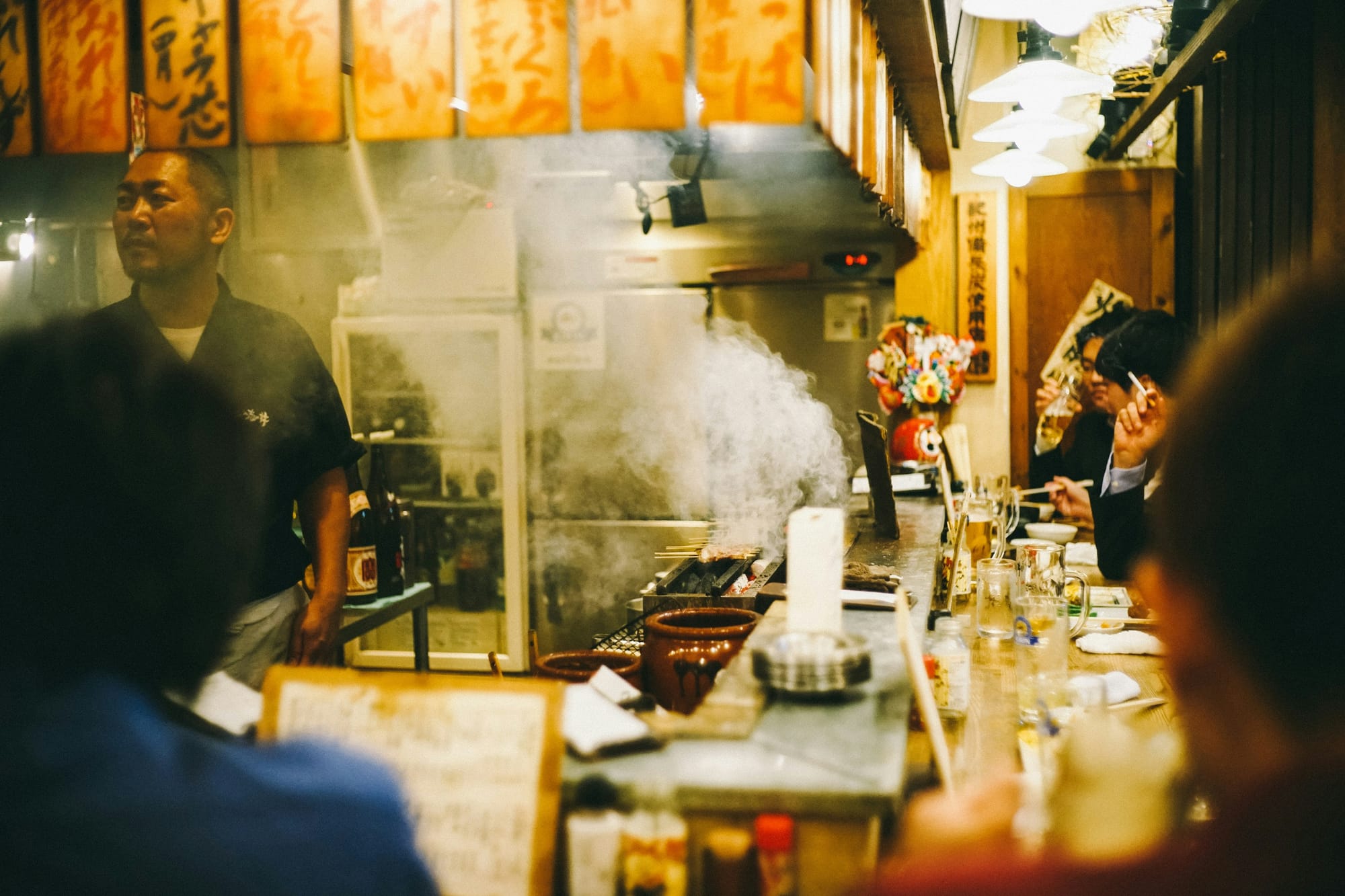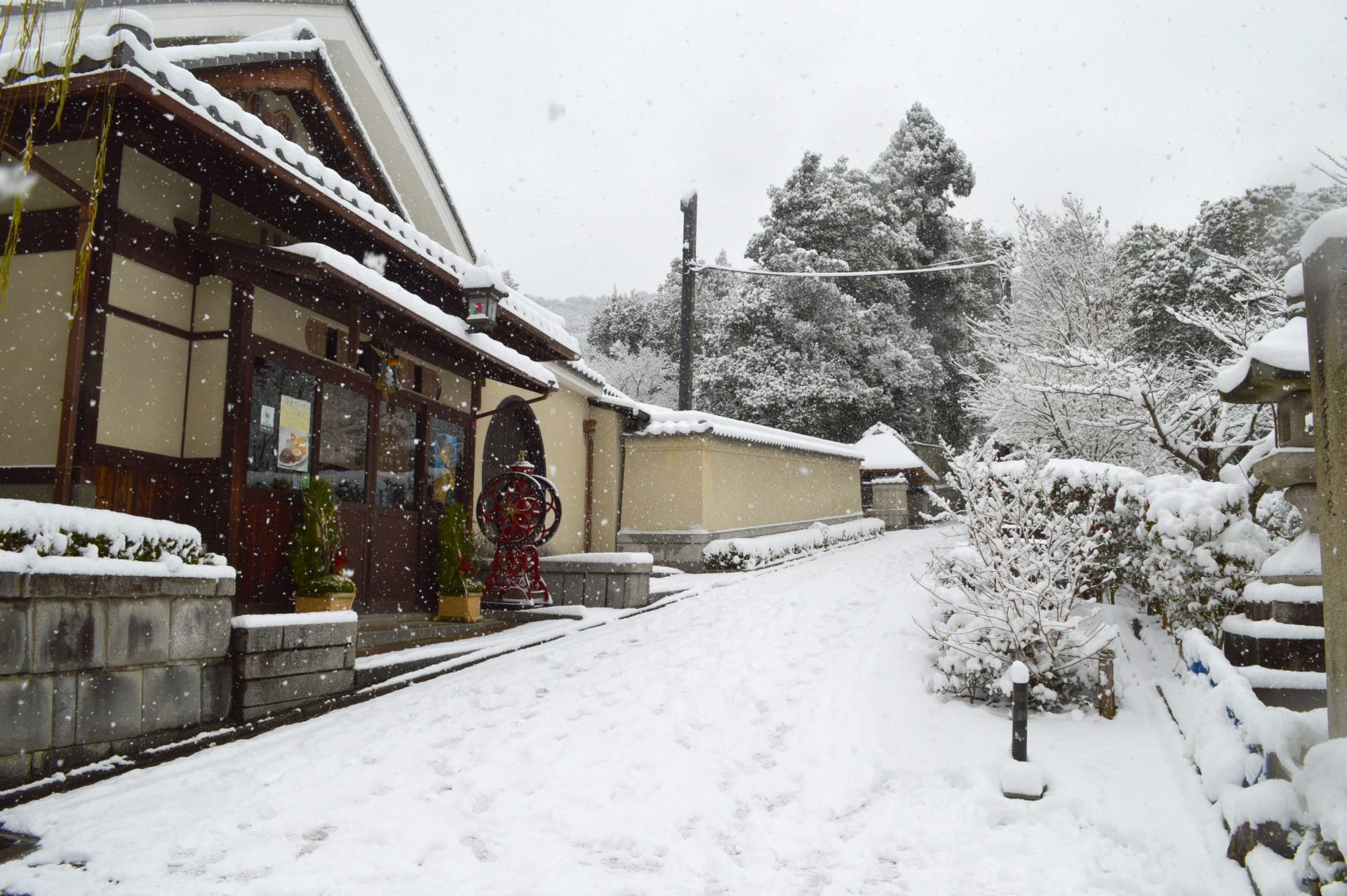Nanzenji Temple 2026; Kyoto Sightseeing Guide
I visited Kyoto several times between August and October 2025. I'm updating this article to share the new charms of Kyoto I discovered and to recommend the latest spots worth visiting. In this update, I've also included the newest information about Kyoto for 2026.
Another reason for this update is the growing interest in tours that allow visitors to fully experience Kyoto's traditions and culture.
Due to Kyoto's deep history and traditions, first-time visitors often find it challenging to explore the city efficiently while gaining a deeper understanding. This has led to increasing popularity of guided tours like those offered by Magical Trip, where local guides help tourists navigate the city.
Notably, Magical Trip's tour, which was ranked No.1 among all tours on Tripadvisor in 2024, is experiencing high demand in 2026.

For those interested in Kyoto's traditions and culture, we recommend the following tours where you can experience authentic Kyoto tea ceremonies and Zen meditation:
• Kyoto Tea Ceremony & Kiyomizu-dera Temple Walking Tour
• Kyoto Zen Meditation & Garden Tour at a Zen Temple, including a traditional vegetarian lunch
If you love visiting shrines and temples, try the "Fushimi Inari Hidden Hiking Tour" to discover the hidden charms of Fushimi Inari Shrine.
Whichever tour you choose, it's sure to be an unforgettable experience!
Introduction
For over 1,000 years, Kyoto was home to the emperor. Known as a city symbolizing Japanese culture, Kyoto is where one can best experience Japan's elegance. It wouldn't be an exaggeration to say that much of what people imagine as Japanese culture has been deeply influenced by Kyoto. In particular, Kyoto is home to many shrines and temples, many of which have played important roles in Japanese history.
Many shrines and temples in Kyoto, the former capital of Japan, have histories spanning hundreds of years. In fact, most of Kyoto's religious structures belong to the eight major schools of Buddhism known as "Hasshū."
Among these, Nanzenji Temple, famous as a Zen temple of the Rinzai school, is a place of solemn atmosphere. As a popular tourist destination, Nanzenji Temple is a must-visit spot when in Kyoto. In this article, we'll introduce all the highlights of Nanzenji Temple.
Nanzenji Temple: Kyoto's Most Prestigious Zen Temple
Nanzenji Temple originated as an imperial villa in the 13th century. The temple grounds are dotted with structures such as the Sanmon Gate (the temple's main gate), the Dharma Hall (where Buddhist teachings are instructed), and the Hojo (the abbot's quarters).
The entire temple complex is designated as a national cultural property and is famous as one of the most prestigious Zen temples. Buddhism has various sects, each with different philosophies and sutras (compilations of Buddha's teachings).
Nanzenji Temple is the head temple of the Nanzenji branch of the Rinzai school. Along with two other sects, the Rinzai school is collectively called Zen Buddhism, which emphasizes zazen (seated meditation) as a practice. Through practices like zazen, the goal is to face one's inner self and attain enlightenment (realizing the truth of things).
Zen Buddhism: A Buddhist School that Emphasizes "Zazen"
source:Unseiji Official website
Zen Buddhism is one of the schools of Mahayana Buddhism. Mahayana Buddhism is a Buddhist philosophy born in India, teaching that all humans can equally attain salvation. Among these, Zen Buddhism is a sect that emphasizes zazen, believing that through meditation-centered practices, one can clarify one's mind and achieve enlightenment.
Zazen is broadly divided into two types: facing-the-wall zazen and facing-away-from-the-wall zazen. The Rinzai school, including Nanzenji Temple, primarily practices the facing-away style. By concentrating on one's mind through zazen, one can expect to balance body and mind. If you focus on your abdomen and breathe slowly and deeply, anxiety and tension may be relieved.
While zazen may seem simple at first glance, concentrating solely on sitting without thinking about anything is surprisingly difficult. When beginners try to practice zazen alone amidst the noise of daily life, they often find their minds wandering and losing focus. It's recommended to start by learning the basics of zazen.
Three Must-See Points at Nanzenji Temple
The Sanmon Gate: One of Japan's Three Great Gates
source: Official website
As you enter the grounds of Nanzenji Temple, you'll see a large gate called the Sanmon. Built in 1628, it stands about 22 meters tall. It's said to have been constructed to console the spirits of warriors and soldiers who participated in battles. It's famous as one of Japan's three great gates.
When I actually visited the Sanmon, I was struck by how grand it was, even more impressive than I had imagined. Seeing the gate, rebuilt in 1628, I felt the flow of nearly 400 years of time. By paying an entrance fee, you can climb the stairs of the gate and enjoy a panoramic view. The view from this unusual perspective is truly special.
It's also nice that photography is allowed from the Sanmon gate. However, please be careful when climbing the stairs, as they are quite steep. For women, it's recommended to wear pants rather than skirts when visiting.
The Sanmon Gate is Breathtaking During Cherry Blossom and Autumn Foliage Seasons!
source:Ueya Katou Zouen
The view of Nanzenji Temple and Kyoto city from atop the Sanmon gate is spectacular. The best seasons to visit the Sanmon are during cherry blossom and autumn foliage. In spring, you can enjoy the view of full-bloom cherry blossoms, while in autumn, you can see the brilliant red foliage from the top of the gate.
The scenery from the Sanmon is so famous that it's even mentioned in a line from a Kabuki play that has been performed since 1778, describing the view of full-bloom cherry blossoms as "What a sight! What a sight!" As the scenery changes dramatically with the seasons, it's worth visiting in different seasons to enjoy the beauty of nature.
The "Hojo" (National Treasure): The Large Hojo and Small Hojo
source:Ueya Katou Zouen
As you climb the path next to the Sanmon gate, you'll see a building called the Hojo. The Hojo is the living quarters of the Zen abbot (the monk in charge of managing the temple). Although it has suffered three fires, it has been rebuilt each time.
There are two buildings, the Large Hojo and the Small Hojo, connected in an L-shape. The interior has an open design, allowing visitors to walk through while imagining the scenes of the past. The Large Hojo is a building relocated from the Kyoto Imperial Palace. The Small Hojo is known for its large folding screen paintings of tigers.
The "Water-drinking Tiger" painting, in particular, is so powerful that the tiger seems about to leap out of the folding screen. This group of tiger paintings was my favorite part of visiting the Hojo. The expressive faces of the tigers and other subjects painted on the screens were very satisfying to see.
Nanzen-in: The Heart of Nanzenji Temple
source:imamiya.jp
After passing through a red brick arch and climbing some stairs, you'll find Nanzen-in. It's the site of a villa built by a retired emperor who became a monk and is known as the birthplace of Nanzenji Temple. Surrounded by nature, Nanzen-in offers a quiet atmosphere away from the bustle of daily life, where you can appreciate beautiful scenery in tranquility.
The highlight is the Chisen Kaiyu style garden, which retains traces of its time as an imperial villa. A Chisen Kaiyu style garden is a landscape garden designed to be appreciated while walking around a central pond. Nanzenji Temple's garden is designated as a cultural property of high viewing value even among Kyoto's gardens.
Visiting Nanzen-in during the autumn foliage season is highly recommended. The scenery colored by red autumn leaves is beautiful and perfect for taking photogenic pictures. Please note that Nanzen-in Temple is currently closed to the public as of December 2025 due to roof replacement work.
Tenjuan: The Most Historic Sub-temple Within the Complex
source:WALKER PLUS
Tenjuan is the most historic sub-temple within the Nanzenji complex. A sub-temple is a small temple within the grounds of a main temple. It was built as a temple to enshrine high-ranking monks. Although it was once in a state of dilapidation due to fires and other events, it has since been rebuilt into a beautiful temple.
Tenjuan features two types of gardens: a Karesansui (dry landscape) garden and a Chisen Kaiyu style garden. The Karesansui garden has such a modern and cool design that it's hard to believe it's an ancient Japanese garden. It expresses scenes of flowing water and waterfalls using white sand and stones without actually using water. You can sit on the engawa (wooden veranda) and leisurely enjoy the scenic Japanese garden landscape.
On the other hand, the Chisen Kaiyu style garden features an impressive landscape with large stones. You can stroll around the pond and enjoy the beautiful nature surrounded by tall trees like bamboo and maple.
Tenjuan in Autumn Foliage Season is Breathtakingly Beautiful!
source:Rurubu
Tenjuan is famous as a spot for viewing autumn foliage. In the Karesansui garden, you can enjoy the beautiful contrast between white sand and red autumn leaves. The best time to see the autumn foliage is typically from mid to late November. Some years, there's a limited-time light-up event, so if you're visiting Tenjuan in autumn, it's worth checking if it's being held.
When I visited Tenjuan during the autumn foliage season, the garden was beautiful from every angle, like a scene from a Japanese movie. The autumn leaves reflected in the pond were also beautiful, and I ended up taking many photos.
Suirokaku: Retaining the Retro Atmosphere of Modern Japan
source:Nihon-isan Biwakokosui
When it comes to scenic spots in Nanzenji Temple, Suirokaku is a must-see. The water used in Kyoto is drawn from Lake Biwa, Japan's largest lake, located in Shiga Prefecture. Suirokaku was built in 1888 to bring water from Lake Biwa to Kyoto.
It features a retro design reminiscent of ancient Roman aqueducts. This large brick structure is about 93 meters long and 4 meters wide. It offers a different atmosphere from Nanzenji Temple, reflecting modern Japan.
You can get close to and touch Suirokaku. If you climb the stairs near the bridge, you can also view Suirokaku from above. Why not capture the retro atmosphere where nature harmonizes with the red brick structure in your photos?
While visiting Suirokaku, it's also recommended to extend your trip to the Keage Incline. This railway, built for logistics, is now popular as a spot for viewing cherry blossoms and autumn foliage.
Visit Nanzenji Temple by Bicycle! Recommended Tour with a Guide
Kyoto city center has many popular spots compactly gathered. If you want to visit various tourist spots, choosing a bicycle tour for efficient sightseeing is an option.
The Kyoto city center, with few ups and downs, is easy to navigate by bicycle, and bicycle tours are especially popular in the Higashiyama area where tourist spots are concentrated. Here, we'll introduce a recommended tour that visits Nanzenji Temple by bicycle.
4-hour Kyoto Historical Highlights Bike Tour with UNESCO Zen Temples
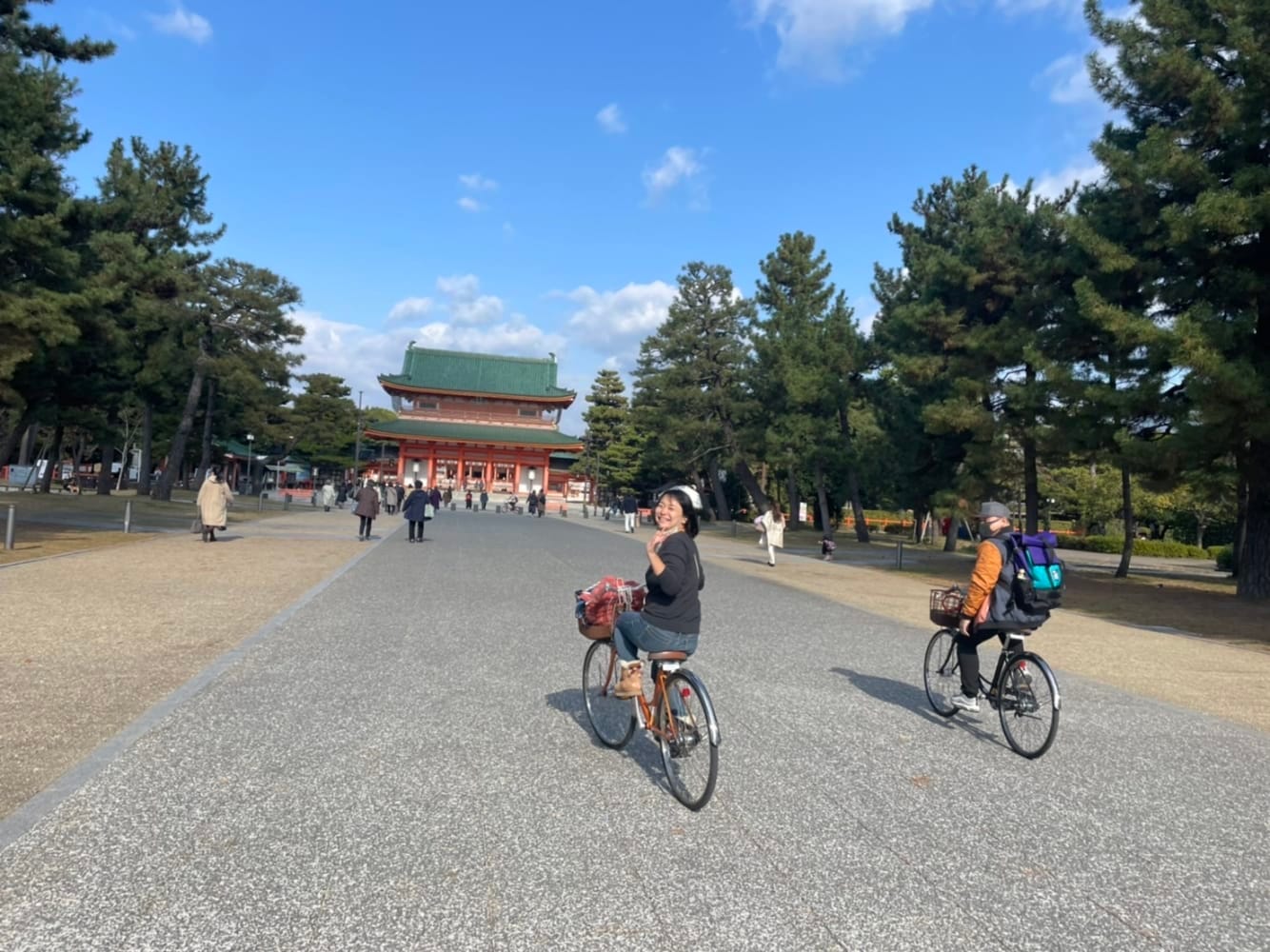
This is a 4-hour bicycle tour visiting historical Zen temples in Kyoto. You'll cycle through Kyoto city, visiting beautiful historical sites. Don't worry about the rental bicycles, as the tour staff will prepare them for you.
In addition to standard tourist spots, you can also explore hidden gems that tourists might not easily find. The bicycle tour starts from Gion and heads to Kenninji Temple, a UNESCO World Heritage site. After experiencing the Zen atmosphere, you'll enjoy Kyoto's famous sites like Nanzenji Temple and Heian Shrine.
During lunch time, you can enjoy Kyoto's local cuisine in a traditional Japanese house surrounded by Japanese gardens. If you're vegetarian, you can arrange for a special menu in advance. Being able to ask questions directly to the local guide while sightseeing will make for a meaningful experience.
Access
Access: About 10 minutes walk from Keage Station on the Subway Tozai Line
Opening hours: 8:40-17:00 (March-November), 8:40-16:30 (December-February)
Closed: Open daily
Phone number: 075-771-0365
Admission fee: (Hojo & Sanmon) Adults 600 yen, High school students 500 yen, Elementary and junior high school students 400 yen, (Nanzen-in) Adults 400 yen, High school students 350 yen, Elementary and junior high school students 250 yen
